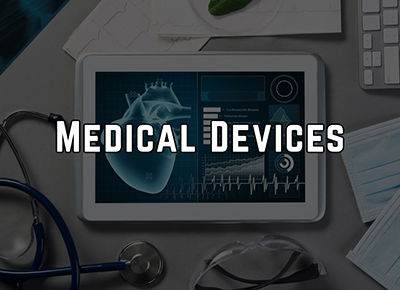The FDA's Qualification of Medical Device Development Tools (MDDT) Program
🎤 John E. Lincoln | 📅 October 8, 2024 | 🕒 11 AM Eastern Time US
Description:
An MDDT is a method, material, or measurement used to assess the safety, effectiveness, or performance of a medical device. An MDDT is scientifically substantiated and can be qualified for use in device evaluation to support regulatory decision-making. The use of a qualified MDDT by a medical device manufacturer is voluntary. Qualification is based upon FDA review of a developer's submitted MDDT Qualification Package. In general, MDDTs can be categorized into three types: Non-clinical Assessment Models (NAMs), Biomarker Tests (BTs), and Clinical Outcome Assessments (COAs).
- A Non-clinical Assessment Model (NAM) is a non-clinical test model or method that measures or predicts parameters of interest in regard to device safety, effectiveness, or device performance. Qualified NAMs may be used to evaluate a new material property, modifications to an existing design, or a device feature historically evaluated through other bench, animal, or human testing.
- A Biomarker Test (BT) is a test or instrument used to detect or measure a biomarker. Reliable biomarkers can help reduce uncertainty during device development and evaluation by providing predictions about device performance.
- A Clinical Outcome Assessment (COA) describes or reflects how a person feels, functions, or survives and can be reported by a health care provider, a patient, a non-clinical observer (such as a parent), or through performance of an activity or task.
Areas Covered in the Session :
- The US FDA's MDDT Final Rule
- The 3 types of MDDT's
- The MDDT Qualification Package
- The FDA's MDDT Review Process
- Public Availability of an Approved MDDT
- Goal: Reduction of use of clinicals, other bench, animal or human testing
- Basic Requirements / FDA Expectations for Tool Usage
Who Should Attend:
- Senior management in Devices, Combination Products
- Quality Assurance Departments
- Regulatory Affairs Departments
- Research and Development Departments
- Manufacturing Departments
- Engineering Departments
- Operations Departments
- Production Departments
- Medical Device product development teams
- Consultants


